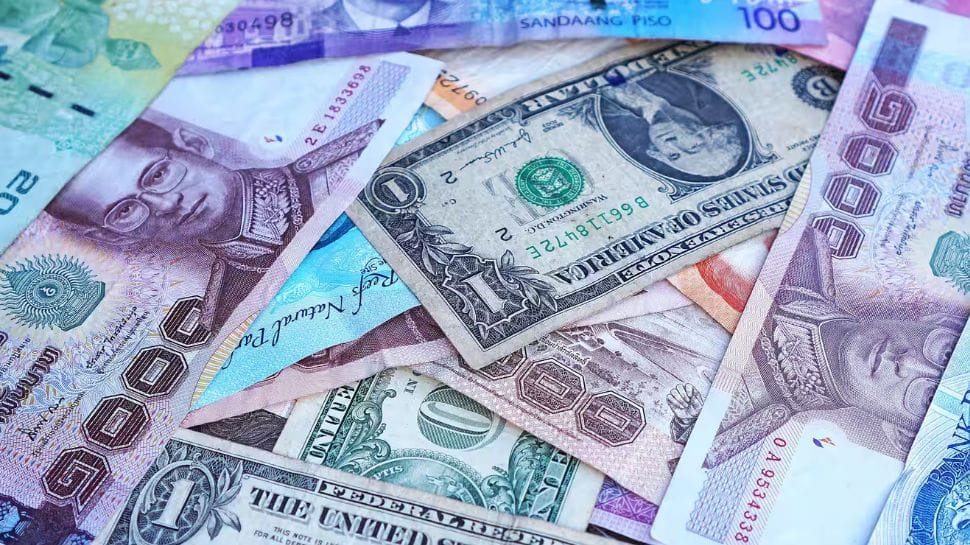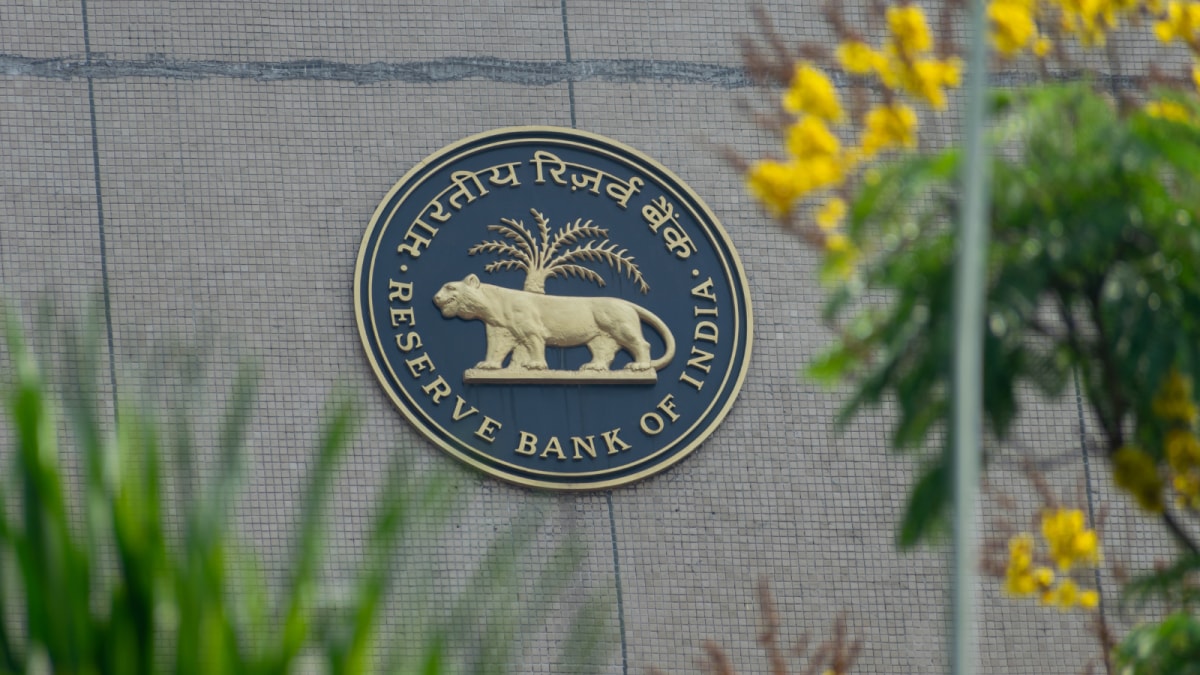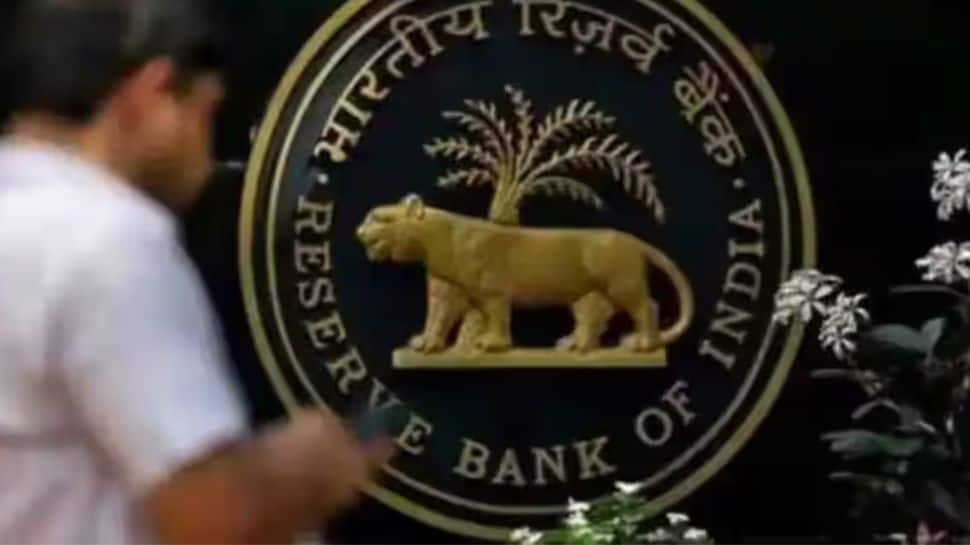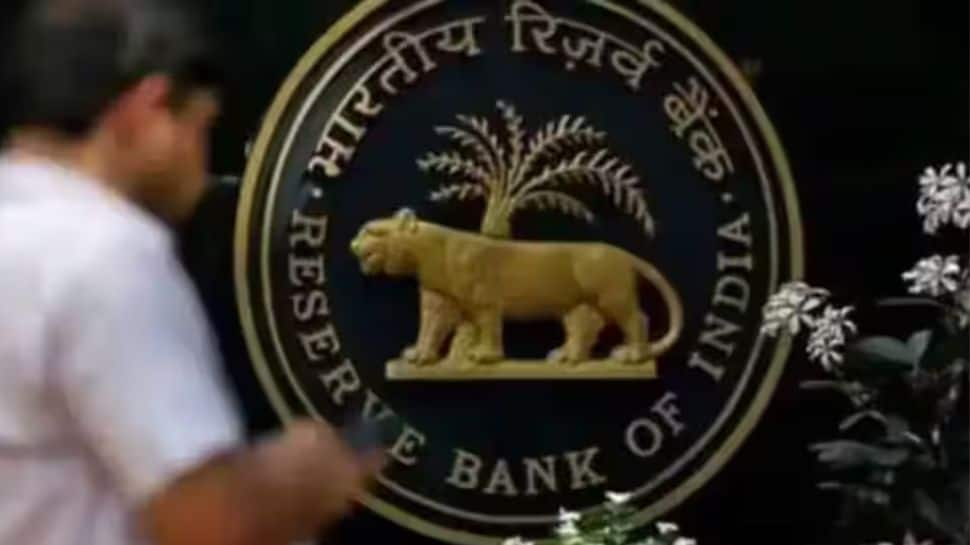Business
RBI-Backed Credit Of Rs 8 Trillion Strengthens MSMEs; FICCI-CMSME Prez

New Delhi: Around Rs 8 trillion in credit has been disbursed to India’s micro, small and medium enterprises (MSMEs) over the past three years, backed by the RBI and government policies, helping them access finance, expand business, and participate more effectively in public procurement, Girish Luthra, President, FICCI-CMSME.
“RBI, together with the Government of India, has been working very closely to make finance easier for MSMEs. One of the major challenges was related to guarantees or collateral requirements. The government addressed this by creating a threshold, initially one crore, and now up to ten crores, where MSMEs can access funds without collateral,” Luthra told ANI exclusively on the sidelines of 11th FICCI-CMSME Summit in New Delhi.
He said that this initiative, combined with digital tools like the Government e-Marketplace (GeM), has already created a substantial impact.
“GeM and its focus on sustainability are making a real difference for MSMEs. With six million plus enterprises forming the backbone of this sector, FICCI-CMSME is the only large confederation focusing exclusively on their growth, and government support is helping us do a great job,” he said.
Highlighting participation in public procurement, Luthra added, “Today, almost 45 percent of public procurement is done through MSMEs, and we truly appreciate the government’s efforts in this regard.”
Addressing concerns about NPAs, he clarified, “It’s a common misunderstanding that MSMEs contribute heavily to NPAs. In reality, NPAs in the MSME sector are only 3.9 percent, which is far lower than that of large organisations. This low risk is why the RBI has supported collateral-free funding for MSMEs.”
On ease of doing business, he said, “Interstate competition is improving outcomes because each state wants to perform better than the other. Implementation happens at the state level, and this competition is proving very effective.”
Discussing domestic challenges, he added, “Labour reforms over the past two years have reduced production losses due to workforce issues significantly. Similarly, state governments are relaxing land laws, and cluster-based industrial approaches now allow MSMEs to set up plug-and-play operations with all titles cleared — this is the most effective model.”
Stressing the importance of outreach he said “The government has excellent MSME policies, but many enterprises are unaware of them.”
FICCI-CMSME is working with the Ministry of MSME and NSIC to organise 100-200 outreach programs across the country.
Business
India’s PMS & AIF Industry Records Decade-High Growth; GIFT City Emerges As Capital Gateway: Report

Last Updated:
AIFs and PMS see rapid growth among HNIs, with AIF assets reaching Rs 15,05,372 crore by 2025.

Alternative Investments Surge as PMS–AIF Ecosystem Enters High-Growth Phase
Alternative Investment Funds (AIFs) and Portfolio Management Services (PMS) are drawing investors interest in current times, especially high net worth individuals (HNIs). According to data from the PMS & AIF Special Edition 2025, AIFs have grown 49.23 per cent CAGR from Rs 27,484 crore in 2015 to Rs 15,05,372 crore in 2025, majorly driven by category II and III. The last two categories of AIFs covered private equity, private credit, hedge funds and structured products.
Category II alone expanded to Rs 11,20,589 crore, while Category III rose to Rs 2,92,398 crore, the report added.
Meanwhile, PMS assets under management jumped from Rs 1.27 crore in 2015 to Rs 8.37 crore by September 2025, reflecting a growth of 20.75 CAGR.
The market is set to increase in leaps and bounds hereafter, thanks to rising affluent investors. The number of Indians with over $1 million in net worth is expected to rise to 19.4 lakh by 2030, the report added. It would lead to strong demand for customised strategies, diversification, and higher alpha.
Meanwhile, GIFT City IFSC has emerged as a major hub for cross-border capital. AIF commitments raised at GIFT jumped from $5.5 billion in 2023 to $26.3 billion by 2025. Category III funds, supported by feeder structures, showed exceptional acceleration, hitting $10.15 billion by mid-2025. Inbound investments through GIFT rose more than five times during the same period.
The report highlights that India’s alternative investment ecosystem is now moving from “choice to necessity”, as investors seek resilience and long-term wealth creation. With rising wealth, strong regulation and global integration, the next decade is expected to be dominated by alternatives.

Varun Yadav is a Sub Editor at News18 Business Digital. He writes articles on markets, personal finance, technology, and more. He completed his post-graduation diploma in English Journalism from the Indian Inst…Read More
Varun Yadav is a Sub Editor at News18 Business Digital. He writes articles on markets, personal finance, technology, and more. He completed his post-graduation diploma in English Journalism from the Indian Inst… Read More
November 23, 2025, 17:14 IST
Read More
Business
India’s Space Economy Set To Soar To USD 45 Billion, Says Minister Jitendra Singh

Last Updated:
India’s space economy aims for USD 44-45 billion, driven by reforms and collaborations at IISC 2025 in New Delhi.

Union Minister for Earth Sciences, Jitendra Singh (File Photo)
India’s space economy is projected to touch USD 44-45 billion from USD 8 billion today in the coming decades. Speaking at the 4th edition of the India International Space Conclave (IISC) 2025 in New Delhi, Dr Jitendra Singh, Minister of State (IC) for Science & Technology and Department of Space, said space is expected to be a significant contributor to India’s economic growth as it advances up the ranks, on the back of space reforms in the last five years.
“Around 70 % of our space-driven applications are for ease of living and with a focus on the common citizen, which is not the specific attention of many countries that are actively working in the space sector,” ANI reported Singh as saying.
Indian Space Association (ISpA), the premier industry association of space and satellite companies in India, in collaboration with ISRO and IN-SPACe, on Tuesday kicked off the 4th edition of the India International Space Conclave (IISC) 2025 in New Delhi.
The inaugural session on Day 1 witnessed Chief Guest Dr Jitendra Singh, Minister of State (IC) for Science & Technology and Department of Space alongside other distinguished leaders including Dr Pawan Goenka, Chairman of IN-SPACe; Takashi Ariyoshi, Minister & Deputy Chief of Mission, Embassy of Japan to India; H.E. Antonio Bartoli, The Ambassador of Italy to India; Air Chief Marshal VR Chaudhari (Retd.), former Chief of the Indian Air Force, Gp Capt Shubhanshu Shukla, Astronaut, ISRO setting a robust agenda for the proceedings.
During the inaugural session, Viasat India announced a partnership with BSNL to commercialise Viasat’s Velaris satellite connectivity solutions for uncrewed aircraft. The technology will support secure BVLOS operations and help power India’s fast-growing low-altitude economy.
Novaspace also announced the launch of its India office in Bengaluru to strengthen collaboration with government, industry, and startups, and to expand its global consulting and market-intelligence network.
Speaking about the Viasat–BSNL partnership, Gautam Sharma, MD, Viasat India, said: “We are excited to launch the Velaris solution to support India’s growing low-altitude economy, covering UAVs and advanced air mobility like air ambulances. This connectivity will enable secure command and control for critical operations such as infrastructure monitoring and emergency services. We are also partnering with Indian startups and BSNL to build a strong and innovative ecosystem for this emerging sector.”
The conclave also featured the release of key publications, including:
Valuation and Fundraising in Aerospace Startups: TRL vs MRL — India’s Road to Space Industrialisation
India DefSpace Symposium 2025 Technical Report
ISpA–Satsure Joint Paper on Agristack Solutions
A team of writers and reporters decodes vast terms of personal finance and making money matters simpler for you. From latest initial public offerings (IPOs) in the market to best investment options, we cover al…Read More
A team of writers and reporters decodes vast terms of personal finance and making money matters simpler for you. From latest initial public offerings (IPOs) in the market to best investment options, we cover al… Read More
November 23, 2025, 15:29 IST
Read More
Business
Rail fares to be frozen in England next year

Rail fares in England next year are to be frozen for the first time in 30 years, the government has announced.
The freeze until March 2027 will apply to regulated fares, which includes season tickets and off-peak returns.
The most recent fare rise, in March 2025, was 4.6%. Rail fares traditionally have gone up in January, based on the July rate of the retail price index (RPI) + 1% – although this formula has not always been followed.
The announcement comes days before the chancellor sets out the government’s financial plans in the Budget on Wednesday, with Rachel Reeves indicating that cutting the cost of living will be a key focus.
However, at the same time the chancellor is also widely expected to increase taxes to help fill a multibillion-pound gap in her spending plans.
About 45% of rail fares are regulated by the government in England, Wales and Scotland – but the freeze only relates to travel in England. The announcement also only applies to services run by England-based train operating companies.
Regulated fares include season tickets covering most commuter routes, some off-peak return tickets on long-distance journeys and flexible tickets for travel in and around major cities.
Train operators are free to set prices for unregulated fares, but they typically rise by similar amounts.
The government said freezing rail fares was intended to “directly limit inflation” by holding down “a major component of everyday costs”.
Since 2021, the annual increase has come in March instead of January.
A government source acknowledged it was possible unregulated fares would still rise, but insisted they usually followed regulated fares.
Unregulated fares increased by 5.5% in the year to March 2025, 1.1% above regulated fares – with a total increase in rail fares of 5.1% in that period.
Challenged over whether other ticket prices would rise to compensate for the freeze on regulated fares, Transport Secretary Heidi Alexander insisted the policy was “fully funded”.
She told the BBC’s Sunday with Laura Kuenssberg programme that regulated fares have tended to inform the price of unregulated fares and they normally “track against each other”.
Pressed on whether the policy would mean the government has less to spend on upgrading the transport system, Alexander said investment in the rail network would be protected “because we recognise that investing in the infrastructure of this country is the right long-term decision”.
The Rail Delivery Group, a representative body made up of the UK’s rail operators, said the freeze would be “good news for customers”.
“We want our railways to thrive, that’s why we’re committed to working with government to ensure upcoming railway reforms deliver real benefits for customers,” a spokesperson said.
Since 1996, the government has regulated some train fares following the privatisation of British Rail.
The freeze marks the first point since then that fares will have been frozen, although there have been periods where price increases were below RPI, and a dip in prices following the financial crash in 2010.
The government estimates that the move will save commuters on more expensive routes more than £300.
The chancellor said the freeze was being put in place to help ease cost of living pressures, and make “travelling to work, school or to visit friends and family that bit easier”.
The transport secretary said it was part of “wider plans to rebuild Great British Railways”.
Great British Railways is a public body which is in the process of being set up, and is part of the government’s plans to bring parts of the railway system into public ownership.
The government has said it will take over the running and management of the tracks and trains, “ending years of fragmentation, driving up standards for passengers, and making journey easier and better value for money”.
The government has said part of its plans for the new body is to “gradually move away from annual blanket increases”.
Labour said passengers had faced “relentless” fare increases every year under the previous Tory government.
However, shadow transport secretary Richard Holden said: “In government, the Conservatives kept fares on the right track with below-inflation rises and consistently called for no further hikes to protect hard-working commuters.”
-

 Tech1 week ago
Tech1 week agoNew carbon capture method uses water and pressure to remove CO₂ from emissions at half current costs
-

 Tech6 days ago
Tech6 days agoTwo-step flash Joule heating method recovers lithium‑ion battery materials quickly and cleanly
-

 Business1 week ago
Business1 week agoThese 9 Common Money Mistakes Are Eating Your Income
-

 Sports1 week ago
Sports1 week agoTexas A&M officer scolds South Carolina wide receiver after touchdown; department speaks out
-

 Sports1 week ago
Sports1 week agoApple scrapping MLS Season Pass service in ’26
-

 Business1 week ago
Business1 week agoWhat’s behind Rachel Reeves’s hokey cokey on income tax rises?
-

 Tech1 week ago
Tech1 week ago50% Off DoorDash Promo Code for November 2025
-

 Sports1 week ago
Sports1 week agoAll the 2025 Puskas and Marta Award nominee goals












